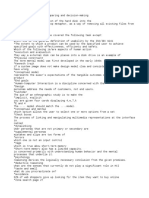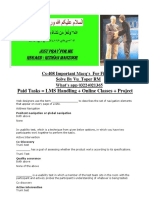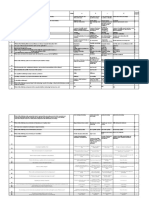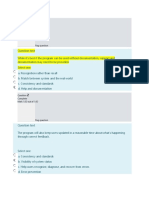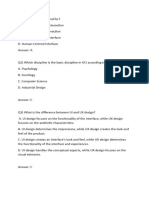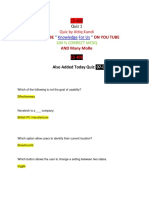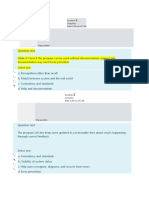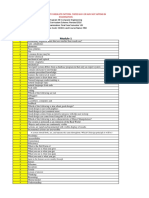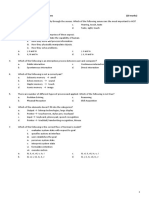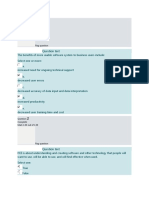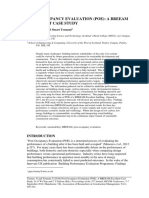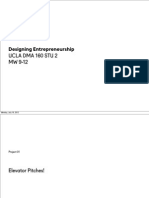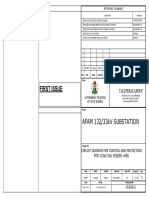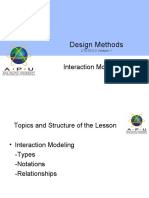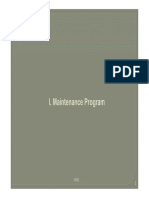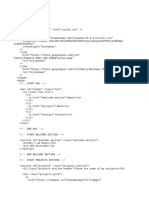0% found this document useful (0 votes)
172 views3 pagesWeek 1 - Assignment 1 Solution
The document outlines the detailed solutions for Assignment Number 1 of the NPTEL Online Certification Course on User-centric Computing for Human-Computer Interaction. It includes multiple-choice questions regarding user classifications, interaction types, system design principles, and definitions related to computing. The accepted answers for each question are provided, highlighting key concepts in user-centric design and usability.
Uploaded by
Ayush ShuklaCopyright
© © All Rights Reserved
We take content rights seriously. If you suspect this is your content, claim it here.
Available Formats
Download as PDF, TXT or read online on Scribd
0% found this document useful (0 votes)
172 views3 pagesWeek 1 - Assignment 1 Solution
The document outlines the detailed solutions for Assignment Number 1 of the NPTEL Online Certification Course on User-centric Computing for Human-Computer Interaction. It includes multiple-choice questions regarding user classifications, interaction types, system design principles, and definitions related to computing. The accepted answers for each question are provided, highlighting key concepts in user-centric design and usability.
Uploaded by
Ayush ShuklaCopyright
© © All Rights Reserved
We take content rights seriously. If you suspect this is your content, claim it here.
Available Formats
Download as PDF, TXT or read online on Scribd
/ 3




